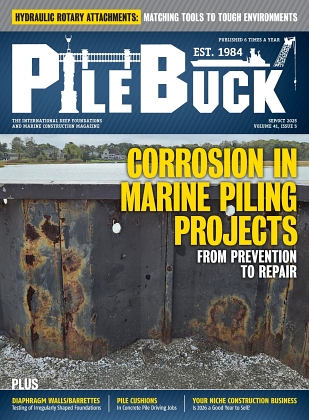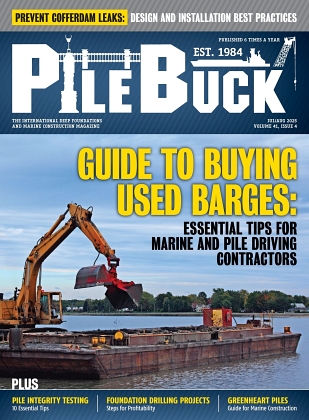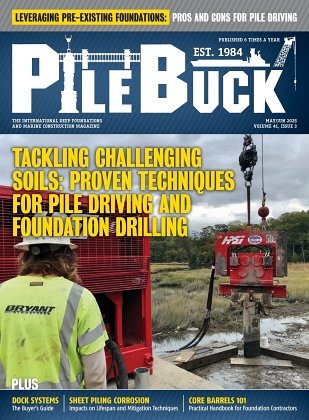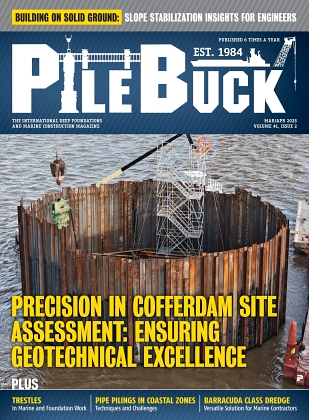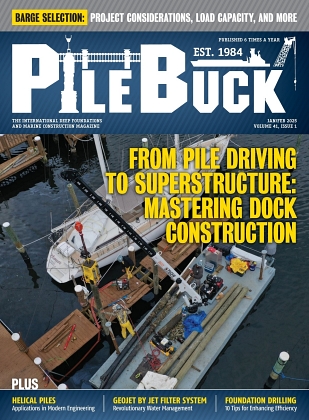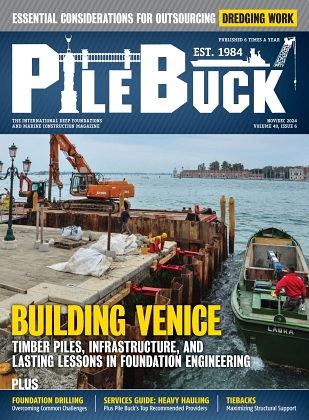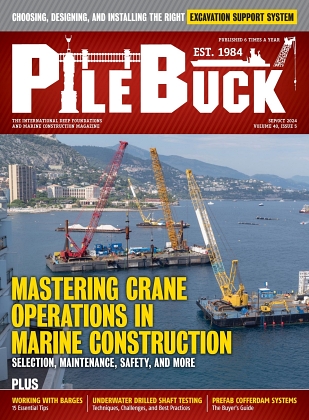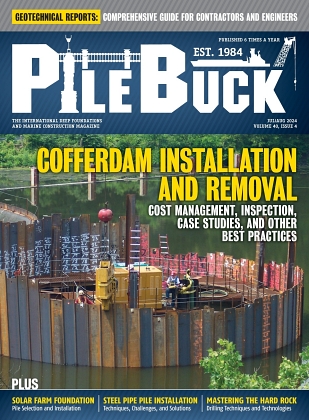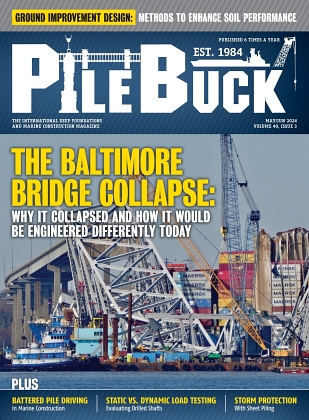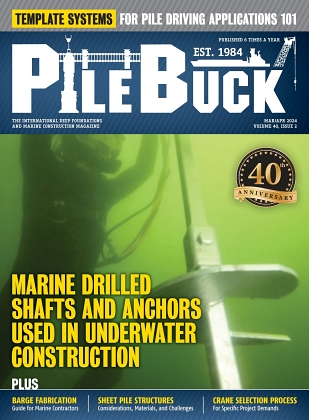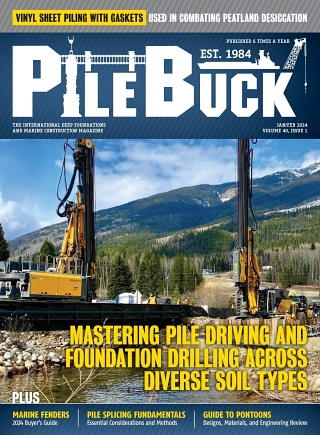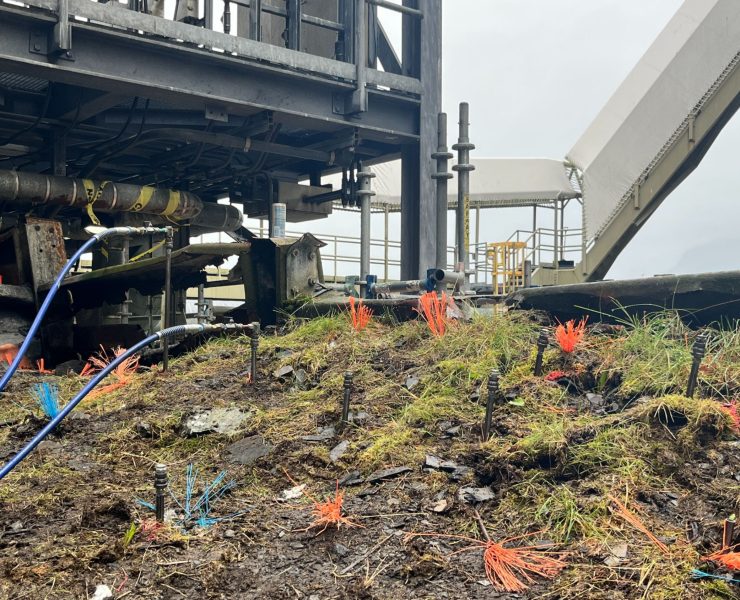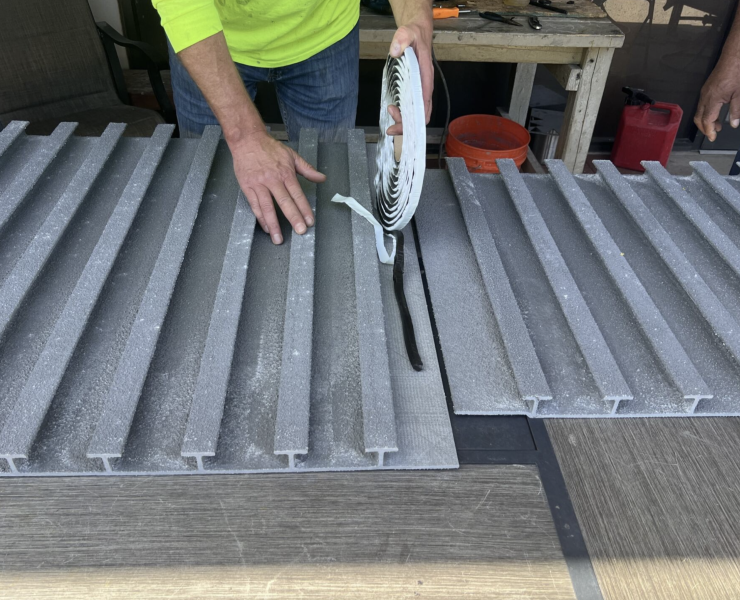Innovative Seawall Repair at Grills Restaurant, Port Canaveral
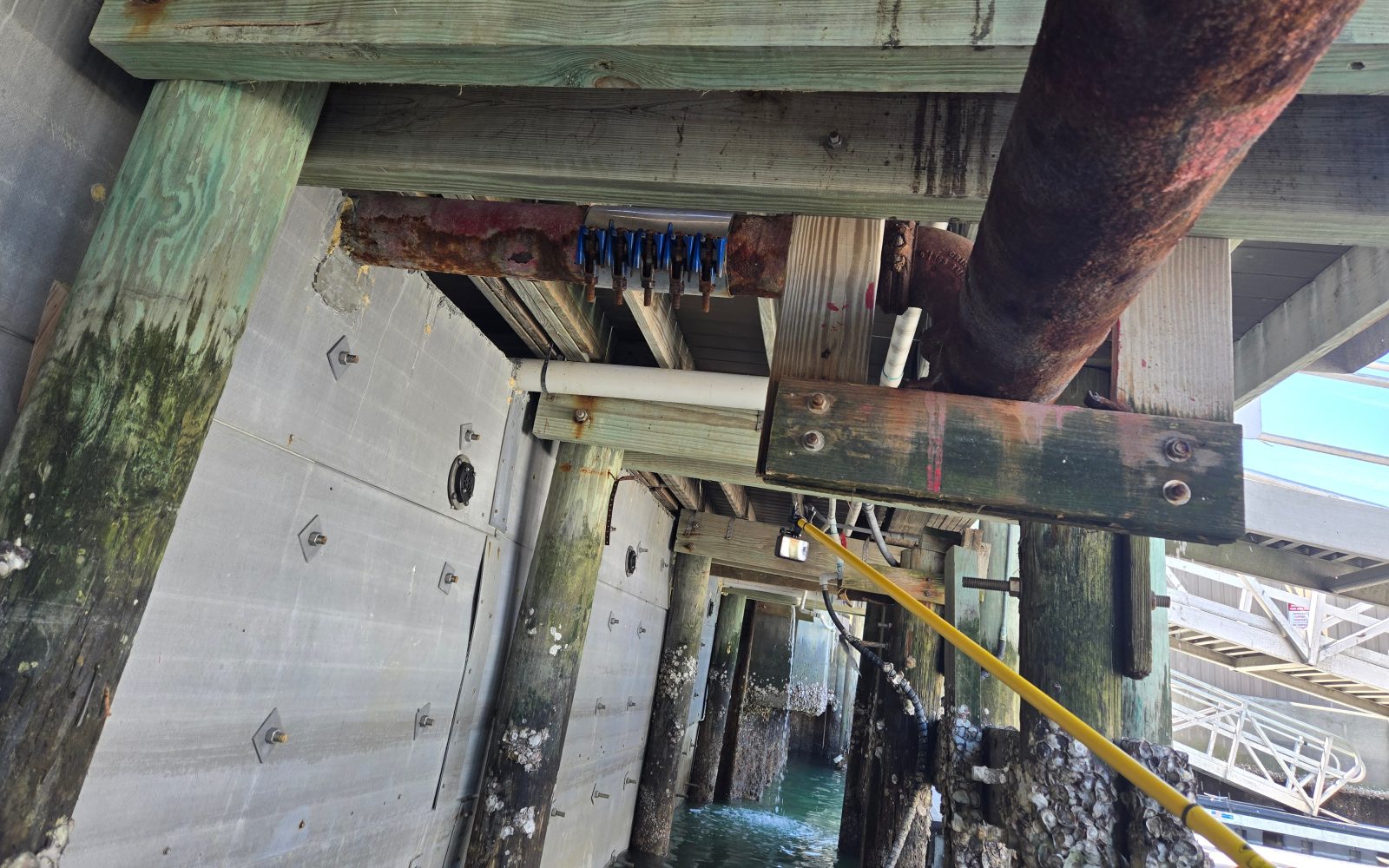
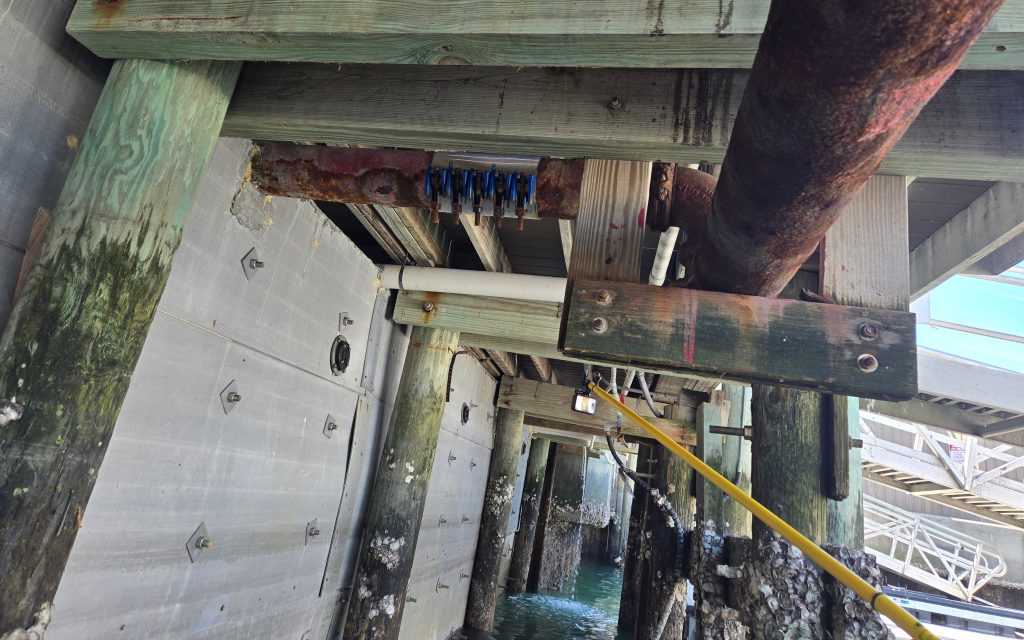
Introduction: The Challenge of Aging Seawalls
Seawalls are vital for protecting waterfront properties from erosion and wave action. However, after decades of service, these concrete structures are often compromised by corrosion of reinforcement, cracking, and spalling. Traditional repair strategies—such as driving new sheet piles in front of the existing wall—can be costly, disruptive, and sometimes impossible due to site constraints.
Such was the case at the Grills restaurant in Port Canaveral, Florida. The restaurant’s seawall had deteriorated to the point where intervention was necessary. Yet the narrow waterfront left little room for equipment, and installing new sheet piles in front of the wall was not an option. A creative solution was required—one that could be implemented efficiently, with minimal disruption to the busy waterfront business.
Selecting SPiRe®+ as the Solution
The SPiRe®+ system, developed by Professor Ehsani, was selected as the repair method. SPiRe®+ consists of lightweight fiber-reinforced polymer (FRP) panels designed for rapid installation and long-term durability in harsh marine environments. The panels are resistant to corrosion, easy to transport and handle, and capable of being installed underwater without the need for costly cofferdams.
In most seawall repairs, SPiRe®+ panels are installed vertically in front of the existing wall, creating a new protective face. At Grills, however, site conditions required a unique adaptation.
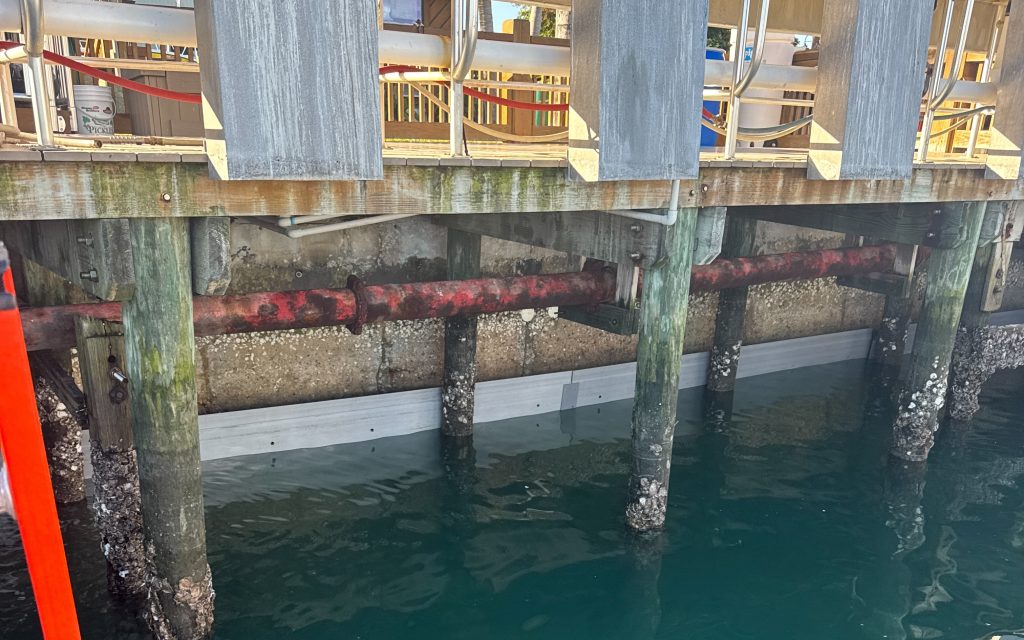
Overcoming Site Constraints: Horizontal Installation
One of the unusual features at this site was the presence of existing vertical piles, located just a few inches away from the deteriorated concrete wall. Rather than viewing these piles as obstacles, the design team used them as supports. The 3-ft wide SPiRe®+ panels were installed horizontally, spanning between the piles to create a new facing wall. Additional panels overlapped along the edges to cover the full repair height.
This innovative approach provided several advantages:
- It eliminated the need for driving new sheet piles.
- The panels could be maneuvered into place without heavy equipment.
- The existing piles were effectively repurposed as structural supports, reducing installation time and cost.
- The flexural strength of the SPiRe®+ allowed them to resist all the earth pressure.
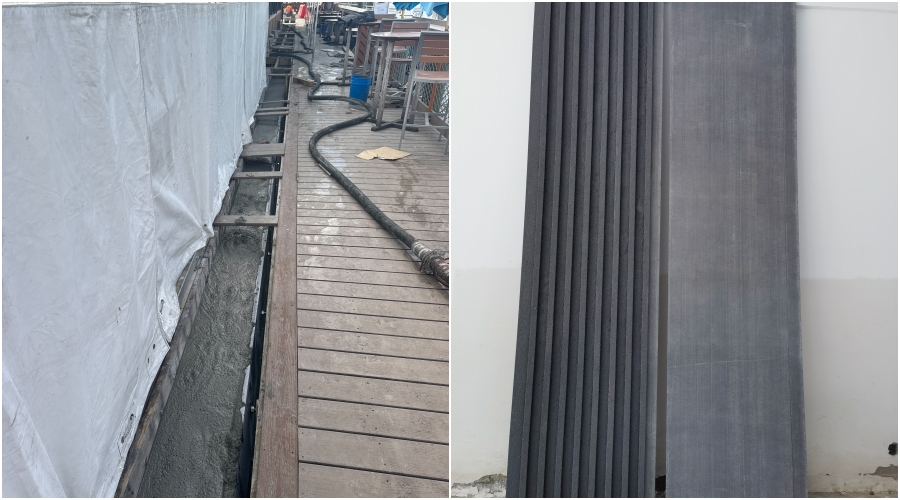
Detailing the Installation
Several important construction details ensured the long-term performance of the repair:
- Pipe Penetrations: Openings were cut in the SPiRe®+ panels to accommodate an existing outlet pipe.
- Drainage: Weepholes were incorporated to relieve hydrostatic pressure behind the seawall.
- Grouting: The annular space between the old concrete wall and the new SPiRe®+ panels was filled with a specially formulated cementitious underwater grout. This created a solid bond, improved load transfer, and further enhanced durability.
The lightweight nature of the panels meant the work could be done with minimal disruption to restaurant operations, an important consideration for a popular waterfront destination.
Results: A Durable, Long-Term Solution
The repair was completed successfully, restoring both the functionality and appearance of the seawall. The use of SPiRe®+ panels provided the restaurant with:
- A corrosion-resistant solution that will extend the service life of the seawall for decades.
- A repair method that was lightweight and easy to install in a space-constrained environment.
- The ability to carry out construction with minimal impact on the business and its customers.
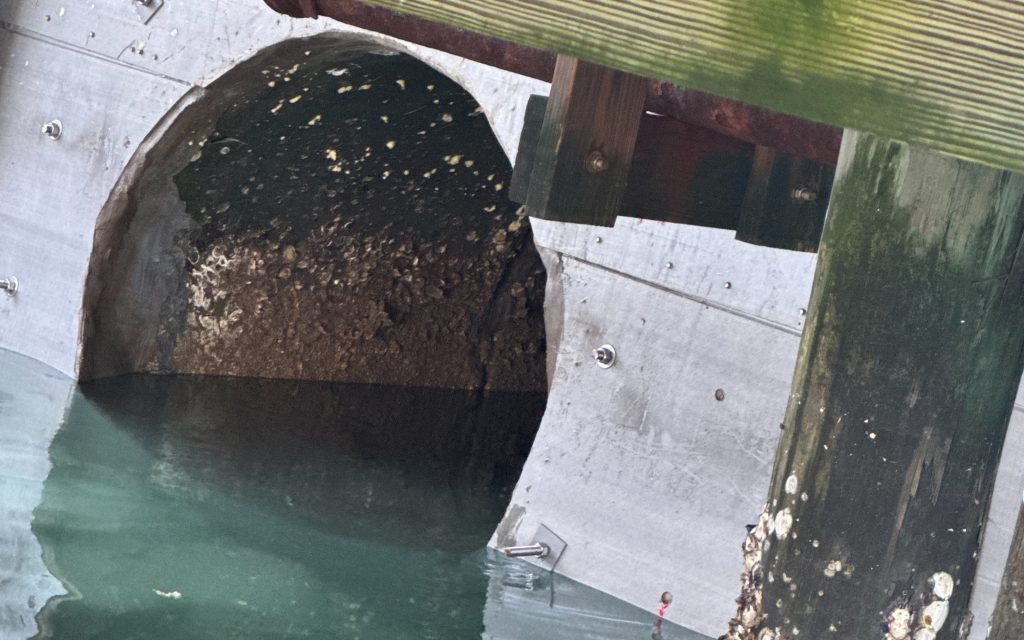
Conclusion: Expanding the Boundaries of Seawall Repair
The Grills restaurant project demonstrates the adaptability of the SPiRe®+ system for marine infrastructure repair. By rethinking how the panels could be oriented and supported, the team overcame site limitations that would have made conventional repairs impractical.
As aging seawalls across the country continue to deteriorate, this project stands as a strong example of how innovative FRP technologies can deliver cost-effective, durable, and environmentally friendly solutions—even under the most challenging conditions. The support of team members, Atkins as Engineer of Record and Rush Marine as General Contractor is gratefully acknowledged.

